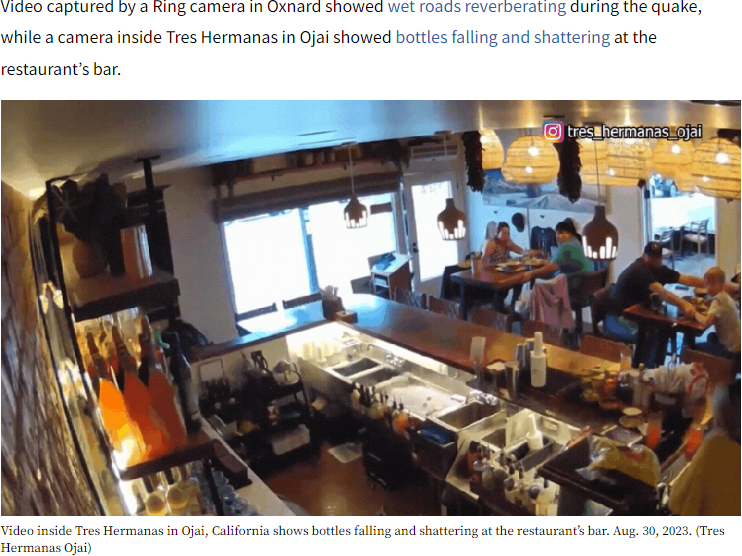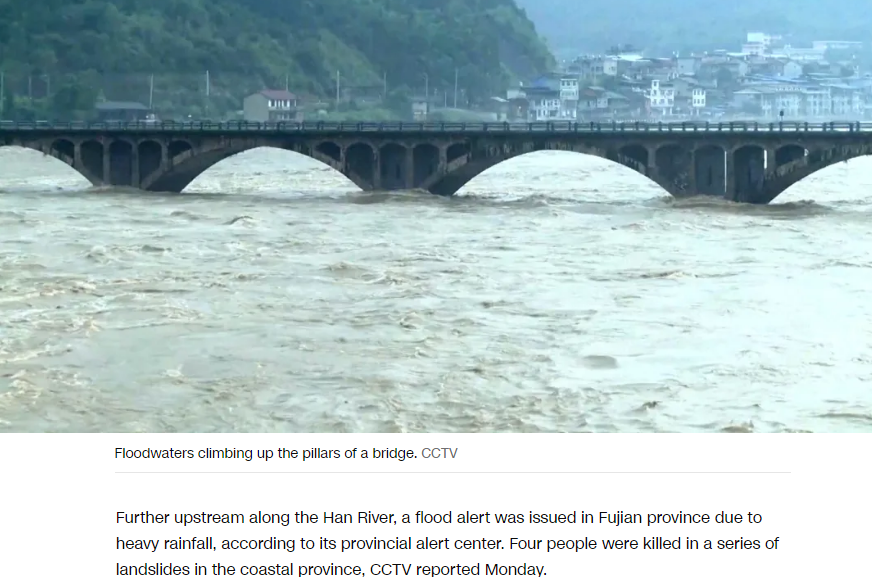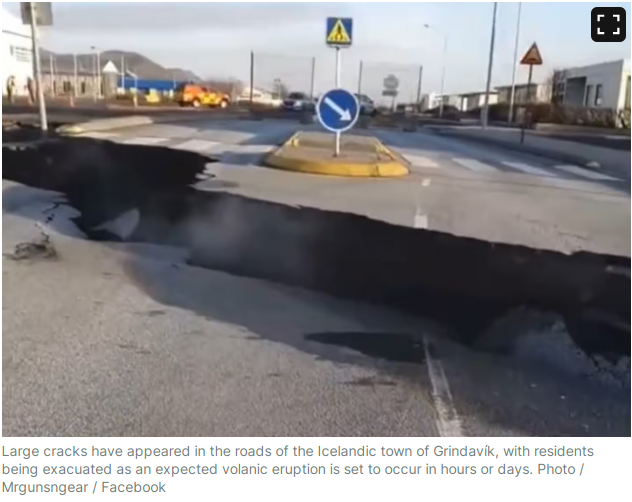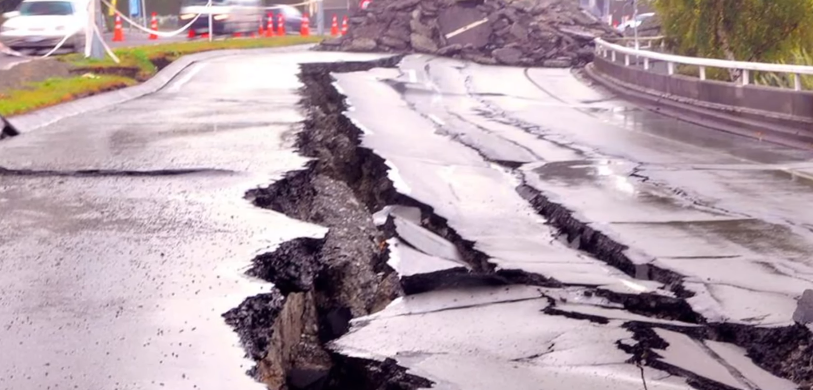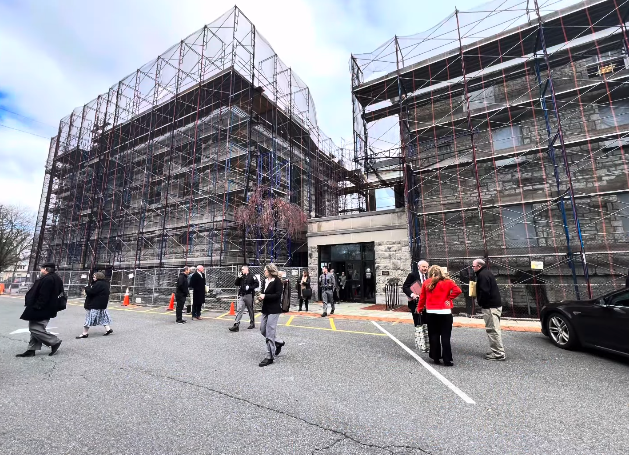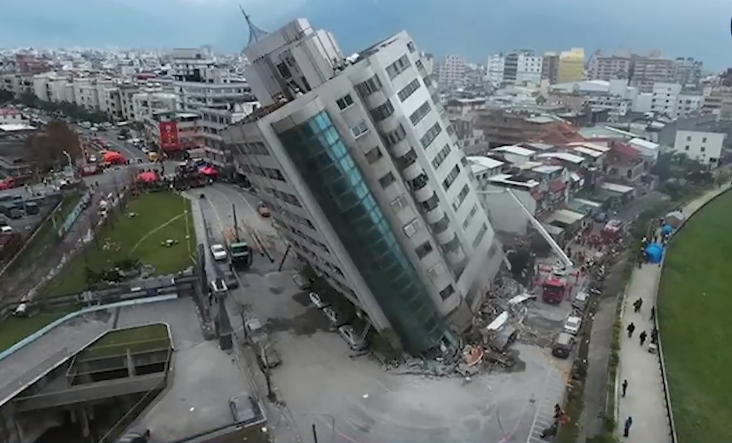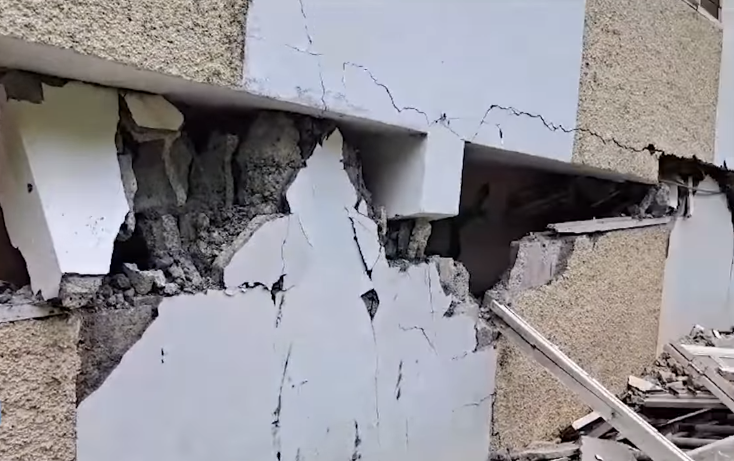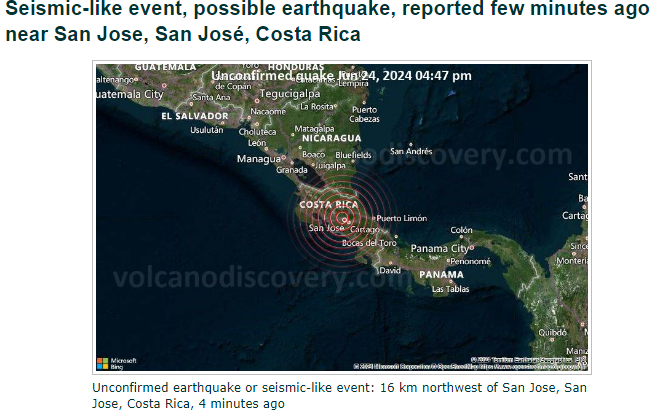| Key Statistics | Description |
|---|---|
| 75% | Probability of one or more magnitude 7.0 or greater earthquakes striking Southern California in a 30-year period, beginning in 2014 |
| 3.5 million | Number of homes at risk in a major Southern San Andreas Fault rupture, with $289 billion in reconstruction value |
| 1,800 deaths | Potential death toll in a major earthquake scenario, according to a USGS ShakeOut scenario |
| 19 days | Duration of search and rescue efforts in a major earthquake scenario |
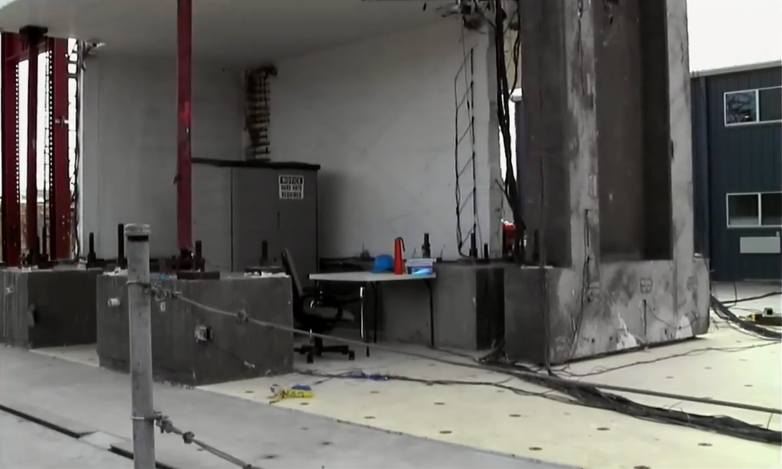
Introduction
Los Angeles, California, is no stranger to earthquakes. With a rich geological history, the city is situated in a region prone to seismic activity. Understanding the risks and potential impacts of earthquakes in Los Angeles is crucial for residents, businesses, and policymakers. This article provides an in-depth analysis of the Los Angeles earthquake risk, focusing on key statistics, risk assessment, and mitigation strategies.
Los Angeles Earthquake History
Los Angeles has experienced numerous earthquakes throughout its history. The city’s proximity to major fault lines, such as the San Andreas Fault, makes it particularly susceptible to seismic activity. In recent years, notable earthquakes have included a 3.4 magnitude quake in South Pasadena and a 4.1 magnitude quake in Weedpatch.
Risk Assessment
The risk of earthquakes in Los Angeles is significant. According to the United States Geological Survey (USGS), there is a 75% probability of one or more magnitude 7.0 or greater earthquakes striking Southern California in a 30-year period, beginning in 2014. This risk is further highlighted by the potential impact of a major earthquake, with an estimated 3.5 million homes at risk in a major Southern San Andreas Fault rupture, resulting in $289 billion in reconstruction value.
Effects & Damage
In a major earthquake scenario, the potential effects and damage could be catastrophic. According to a USGS ShakeOut scenario, a major earthquake could result in 1,800 deaths, 1,600 fires, 750 people trapped inside buildings, 50,000 ER visits, and 19 days of search and rescue efforts. Additionally, earthquake damage could include destroyed freeways, fires from broken gas lines, damage to the water supply, and disruption to interstate high-voltage power lines.
Mitigation Strategies
Mitigating the risks and impacts of earthquakes in Los Angeles requires a comprehensive approach. This includes:
- Building codes: Ensuring that buildings are constructed to withstand seismic activity, with a focus on retrofitting older buildings.
- Emergency preparedness: Developing and implementing emergency plans at the individual, community, and government levels.
- Public education: Raising awareness about earthquake risks and preparedness through public education campaigns.
- Infrastructure improvements: Investing in infrastructure projects that enhance the city’s resilience to earthquakes, such as earthquake-resistant bridges and roads.

Conclusion
The risk of earthquakes in Los Angeles is significant, with the potential for catastrophic impacts. By understanding the risks, developing comprehensive mitigation strategies, and promoting public awareness, the city can enhance its resilience to earthquakes and better protect its residents, businesses, and infrastructure.


